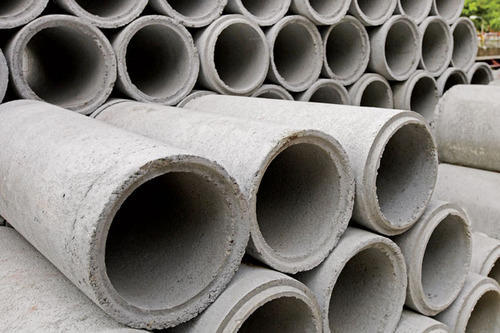Project Report For Cement Pipe Manufacturing
Introduction
Project report for Cement Pipe Manufacturing is as follows.
Cement pipes are constructed from a combination of asbestos paste and cement that is squeezed by steel rollers to create a laminated material with exceptional strength and density. Its carrying capacity stays relatively stable throughout time, regardless of the quality of the water.
While it may be drilled and tapped for connection, it lacks the strength and appropriateness for threading that iron does, and any leakage in the thread will deteriorate with time. This challenge, however, may be overcome by screwing the ferrules through malleable iron saddles secured at the point of service connections, as is customary.
Get Completely Custom Bankable Project Report
The pipes are incompatible with sulphate soils. While the offered protection against bursting under pressure and longitudinal bending failure is less than that for spun iron pipes, it is nevertheless sufficient and increases with age.
In most circumstances, proper bedding of the pipes and the use of flexible joints are more important than the pipe’s strength in avoiding bending failure.

At regular intervals, flexible couplings are employed to allow for pipe replacement if required. AC pipes are available in classes 5 to 25, with nominal diameters ranging from 80 to 600 mm and a test pressure of 5 to 25 Kg/cm2.
A pipe may be used to suit the typical needs of water supply companies for both rising main and distribution main. It is categorised as class 5,10,15,20, and 25, corresponding to test pressures of 5,10,15,20, and 25 Kgs/cm2.
Market potential
Expenses

Product Cost Breakup

Reveneue Vs Expenses

Market Trend

Pre-stressed concrete cylinder pipes, pre-stressed reinforced concrete pipes, reinforced concrete pipes, bar-wrapped concrete pipes, and others), application (potable water, sewage, drainage, and irrigation), diameter (small diameter pipes, medium diameter pipes, and large diameter pipes), and pressure rating (low-pressure pipes, medium pressure pipes, and high-pressure pipes), as well as trends, opportunities, and forecasts for the concrete pipe market through 2023. (NA, Europe, APAC, ROW)
The worldwide concrete pipe market seems to have a bright future, with growth prospects in the sewage, drainage, potable water, and irrigation sectors. Global concrete pipe sales are predicted to reach an estimated $23.7 billion by 2023, growing at a 2.5 percent compound annual growth rate from 2018 to 2023. Residential and non-residential development activities, as well as pipeline replacement, are the primary growth drivers in this industry.
A new trend that is having a direct influence on the concrete pipe market’s dynamics is the rising use of vibration casting technology in concrete pipes.
